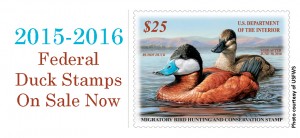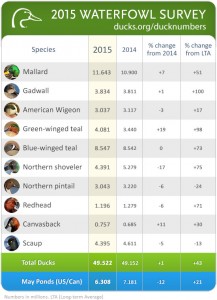Registration open for assisted deer hunt at Tuttle Creek Lake
Youth and disabled hunters have until July 30 to apply for a limited number of spots in an assisted deer hunt at Tuttle Creek Lake.
The Kansas Department of Wildlife, Parks and Tourism, Riley County Fish and Game Association, and the U.S. Army Corps of Engineers (USACE) at Tuttle Creek Lake are accepting applications for the 2015 Tuttle Creek Youth/Disabled Assisted Deer Hunt, September 12 and 13. The hunt, which is offered free of charge, is open to resident youth age 11-16 and hunters with a certified disability. Applications are due July 30.
Participants will need a deer permit, and, if required by law, a hunting license and hunter education certificate. Assistance meeting these requirements, including scholarship funding to purchase a hunting license and deer permit, can be provided.
If needed, rifles and ammunition will also be available to hunters. Each participant will be guided by an experienced hunter, and arrangements have been made with area lockers to provide basic processing free of charge. Other items provided for this hunt include accessible hunting blinds, hunting locations, hunter orange hats and vests, and transportation to the field.
Participants will be required to attend a firearm safety presentation and sight-in at the Fancy Creek Shooting Range at 4 p.m., Sunday, August 16.
For more information, or to obtain an application, contact USACE natural resource specialist Steve Prockish at (785) 539-8511, ext. 3167, or by e-mail at [email protected]
This event is made possible by Friends of Fancy Creek Range, Kansas City Chapter of Safari Club International, Kansas State Rifle Association and the Tuttle Creek Lake Association.


